6 Fascinating Facts About The Aston Valkyrie’s 1000bhp N/A V12
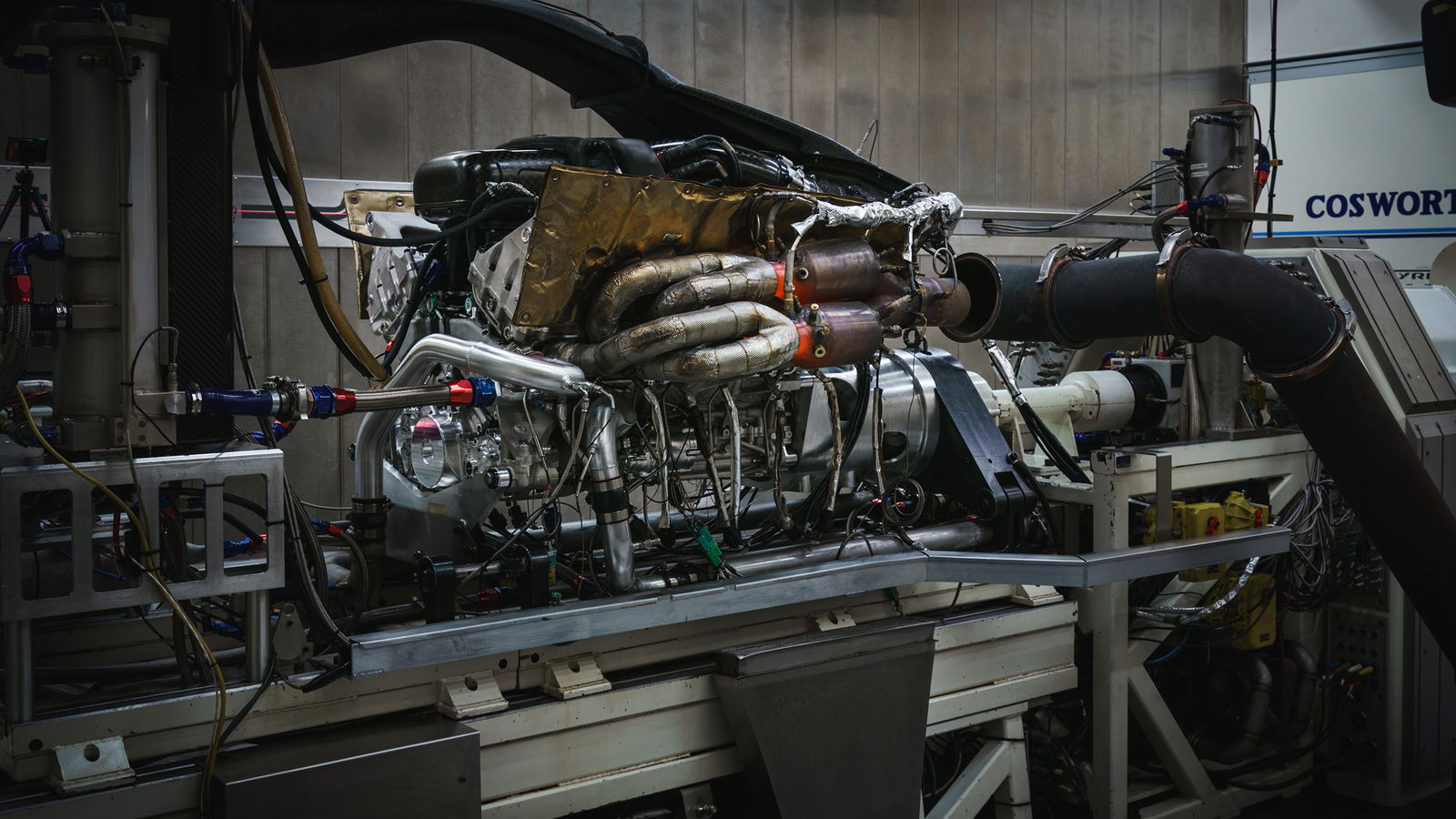
Extracting around 1000bhp from an engine these days is not actually that difficult. Hell, Dodge will sell you a supercharged ‘Hellephant’ V8 crate engine that develops nearly that figure if you want a budget-ish option. But making that kind of power from a naturally-aspirated unit? And one that has to be road legal? That’s a whole different ballgame, yet that’s exactly what Aston Martin set out to do.
“The programme called for a normally aspirated engine from the very beginning,” the company proudly states, adding, “The greatest driver’s car of the modern era demands an internal combustion engine that sits at the absolute pinnacle for performance, excitement and emotion. This means the uncompromising purity of natural aspiration.”
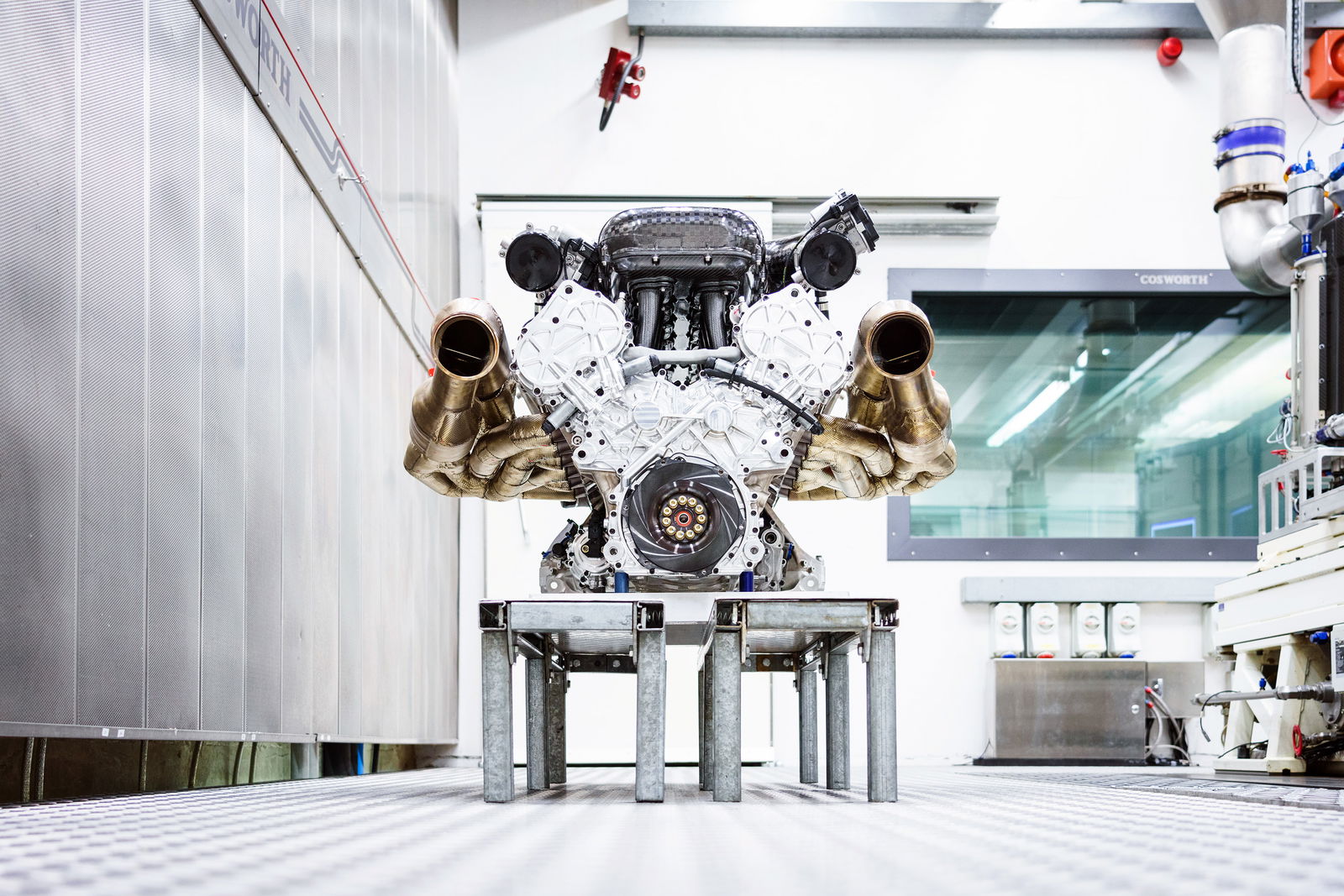
This commendably dogmatic approach brings with it a problem - a road-legal N/A engine with that kind of output and a rev ceiling beyond 10,000rpm is with without precedent. This is probably why Red Bull Racing designer Adrian Newey (RBR plays a substantial role in the project) decided Cosworth would be the best bet to make such a masterpiece of internal combustion.
We were given the chance to watch the engine undergo bench testing at Cosworth’s Northampton HQ, and were able to stand by the facility’s exhaust outlet to hear the full internally-combusted violence of the V12 (yes, it sounds deliriously good, and yes, a video is inbound). While there, we also had the chance to chat with Cosworth Managing Director Bruce Wood to find out more about this technologically fascinating project. Here’s what we learned:
Achieving 1000bhp without forced induction means this engine has to rev high. Good. Peak power comes in at 10,500rpm, and you can - and should - keep going to 11,100rpm. Peak torque, meanwhile, comes in at 7000rpm, but we suspect Red Bull’s hybrid system will act as a torque-filling device at low RPM. It’ll also increase that 1000bhp output even further.
2. Building it for the road more than doubled the development time
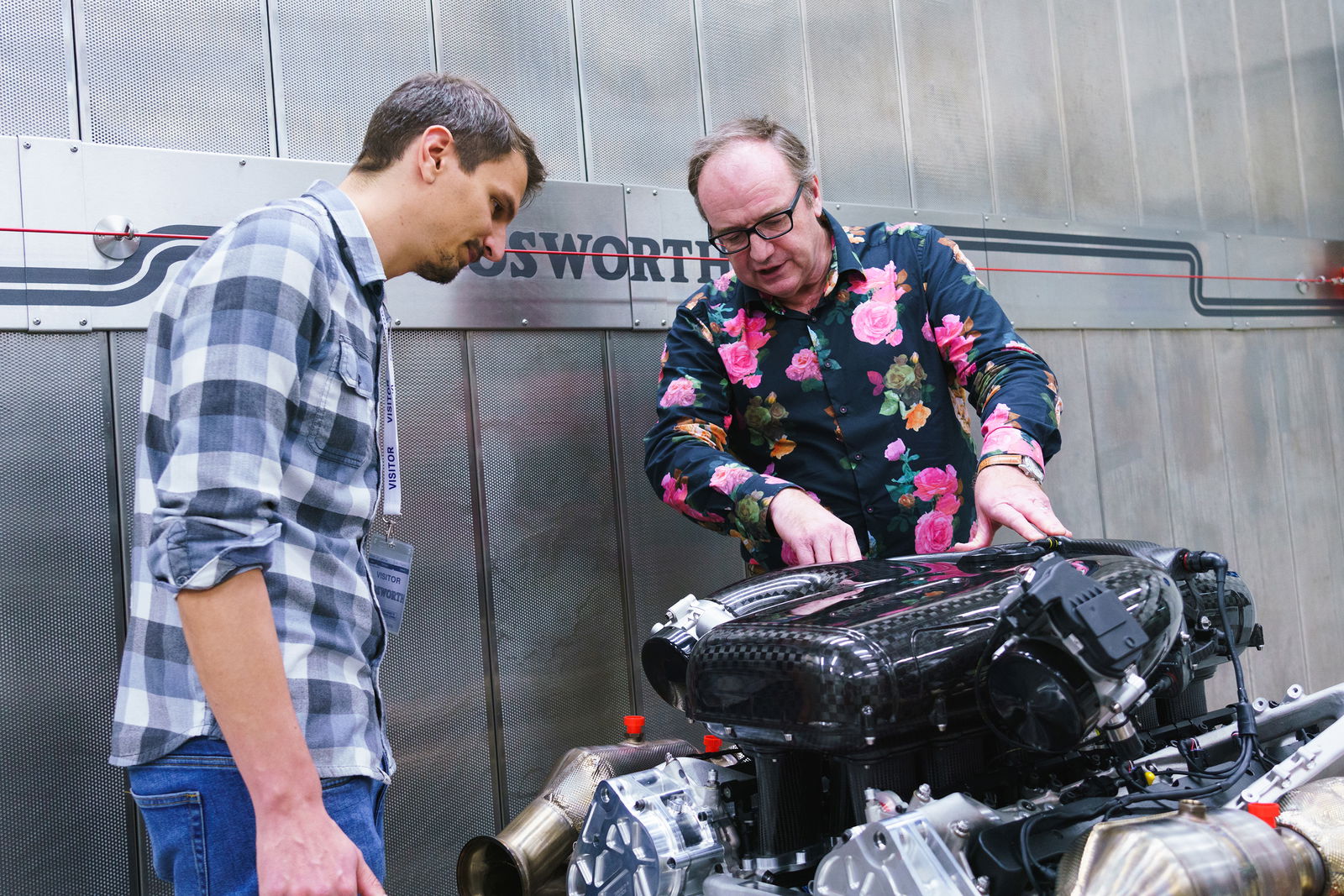
You could draw parallels between the Valkyrie and the Apollo IE, another V12 nat-asp monster with devastating on-track ability. But here’s the thing - the IE isn’t road legal, so finding a big, atmospheric engine is much more straightforward.
Aston Martin and Red Bull’s wish to make the Valkyrie road legal brought up numerous issues. It would have to be compliant with Euro 6 emissions standards, but also be smooth and useable at road speeds. It also needs to be able to happily sit at motorway speeds, which means thinking carefully about crankshaft resonance.
“A racing engine…has a singularity of purpose, it’s only there to do one thing which is to win races,” Wood says, adding, “A road engine in a vehicle like this, at one extreme, needs to be able to give you that driver experience that this whole vehicle is keyed around, but at the same time, if you happen to be stuck in London traffic, it needs to be able to drive in that traffic.”
Wood reckons that had the team created an engine that merely has to punt the car around a track at silly speeds, the development time would have been more than halved.
3. The plenum isn't as standard
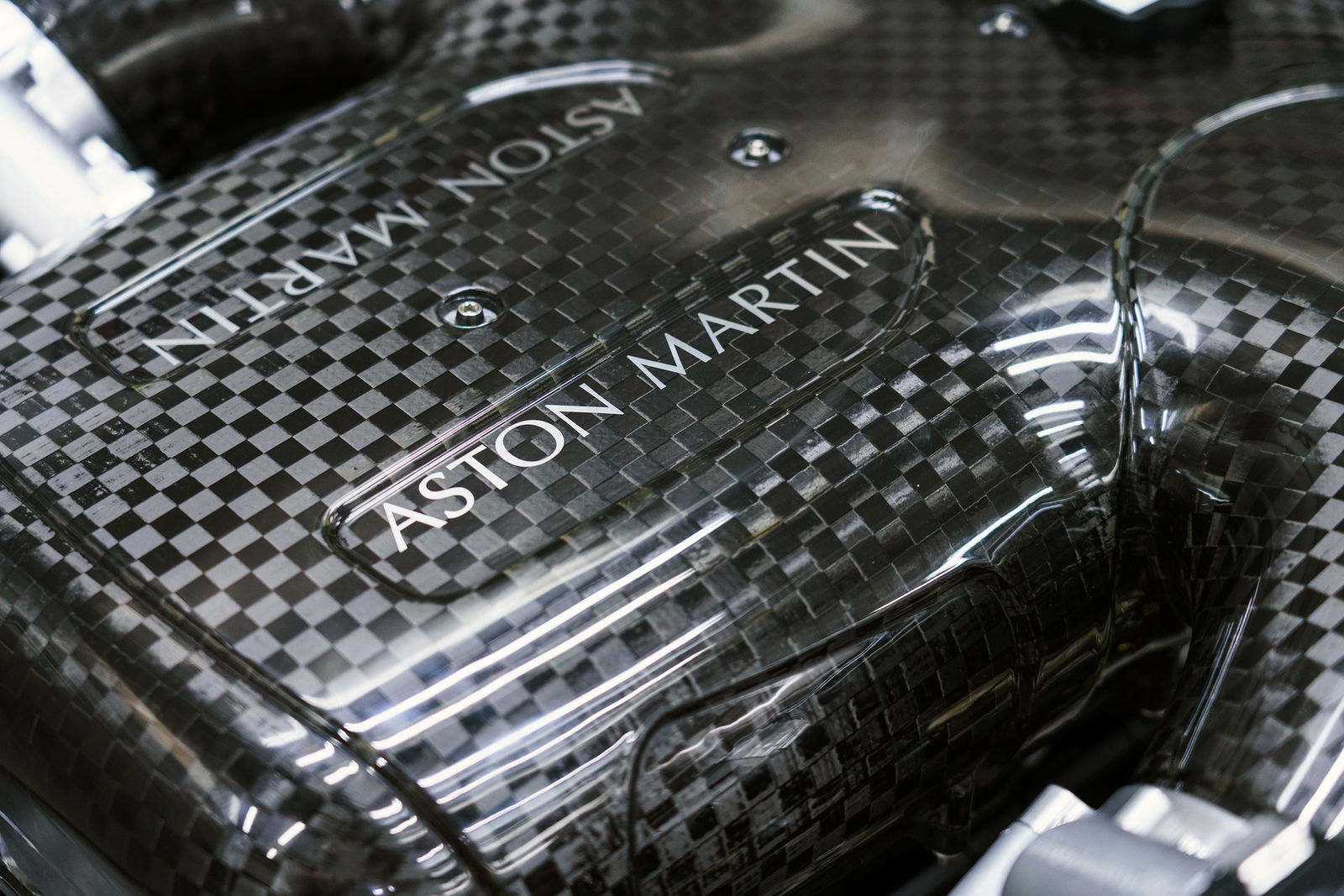
Sat atop this V12 is a carbonfibre plenum chamber with a shiny gloss coating. It looks gorgeous, but upon first viewing, Adrian Newey was not impressed.
Wood recalls: “When Adrian first saw it, he said ‘you can’t have that’. I said ‘why not’, and he said ‘how much does the lacquer weigh on there?’ We had to go away and find out. I think it was 80g. [He said] Right, take it off!’”
And take it off they did - the engine will come as standard with an un-lacquered carbon plenum, with the option to add a gloss coating. 80g may seem trivial, but this one anecdote sums up the project’s huge focus on weight saving.
4. It’s lighter than a V10 F1 engine (sort of)
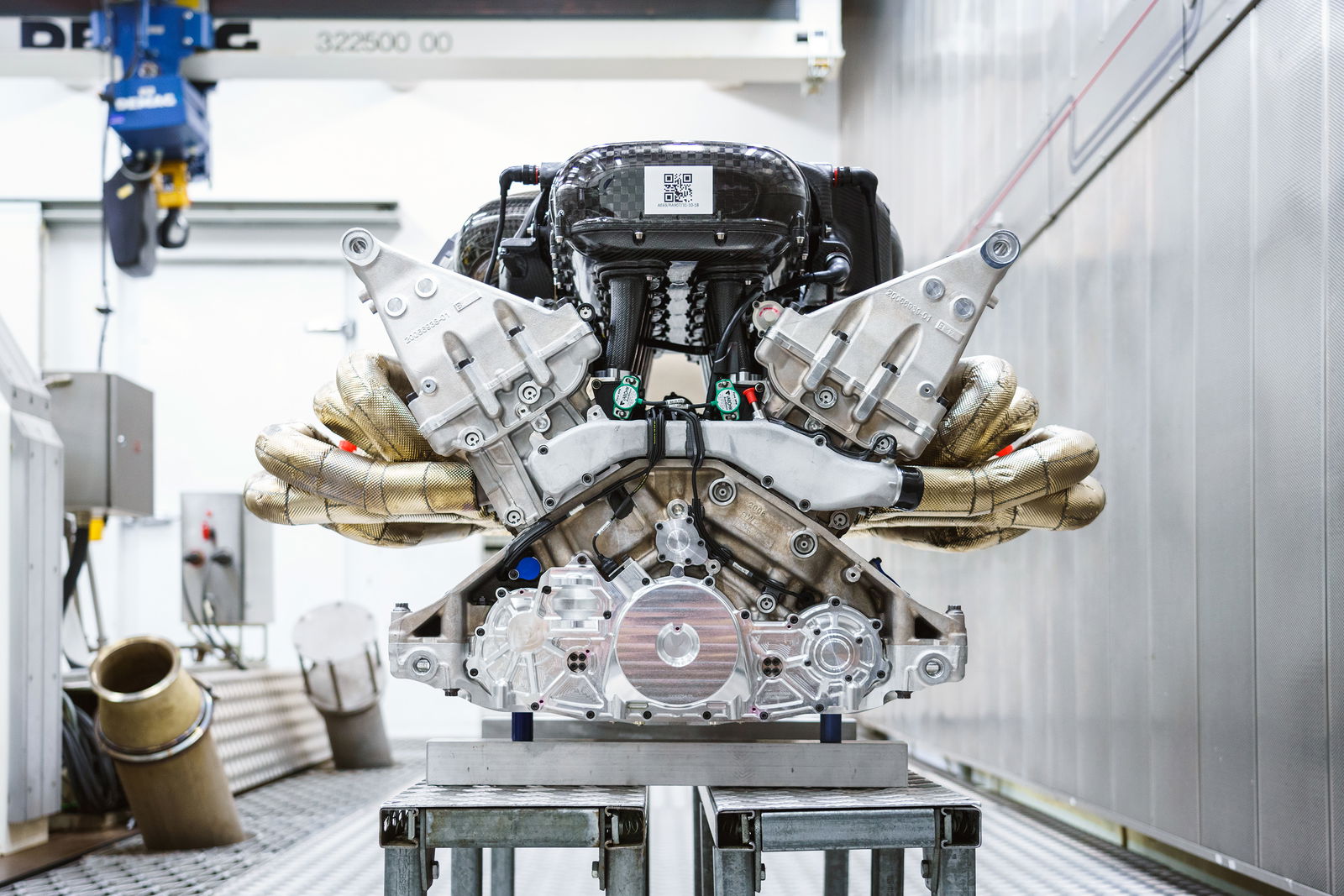
With titanium con-roads, F1-spec pistons and a crankshaft milled from billet in a process that takes nearly six months, the internals of this engine are exquisite. You could almost consider it a scaled up F1 engine if the top-flight of single-seater racing still used N/A engines.
In fact, if you scaled up Cosworth’s legendary V10 F1 engine, it’d be heavier, with its 97kg becoming 210kg, Aston points out. This V12 weighs 206kg, a few kilos over Newey’s 200kg target, but nonetheless an astonishing achievement. To further put that in context, the N/A V12 in the One-77 - also the work of Cosworth, using Aston’s 6.0-litre unit as a starting point - weighs closer to 300kg.
5. It’s a stressed member of the chassis

What makes that weight figure particularly impressive is that the engine is the only thing holding the two ends of the car together. Yep, it’s what’s known as ‘stressed member’ of the chassis, meaning it has to take not just the immense cornering forces the Valkyrie will be capable of, but also the downforce. Remember, it’s expected to generate way over a tonne.
This effectively presents a “conflicts of interest,” Wood explains. The mounting points have to be immensely strong, and this means they’re inevitably not light.
6. It’ll last for 100,000km and require new oil every 6000km
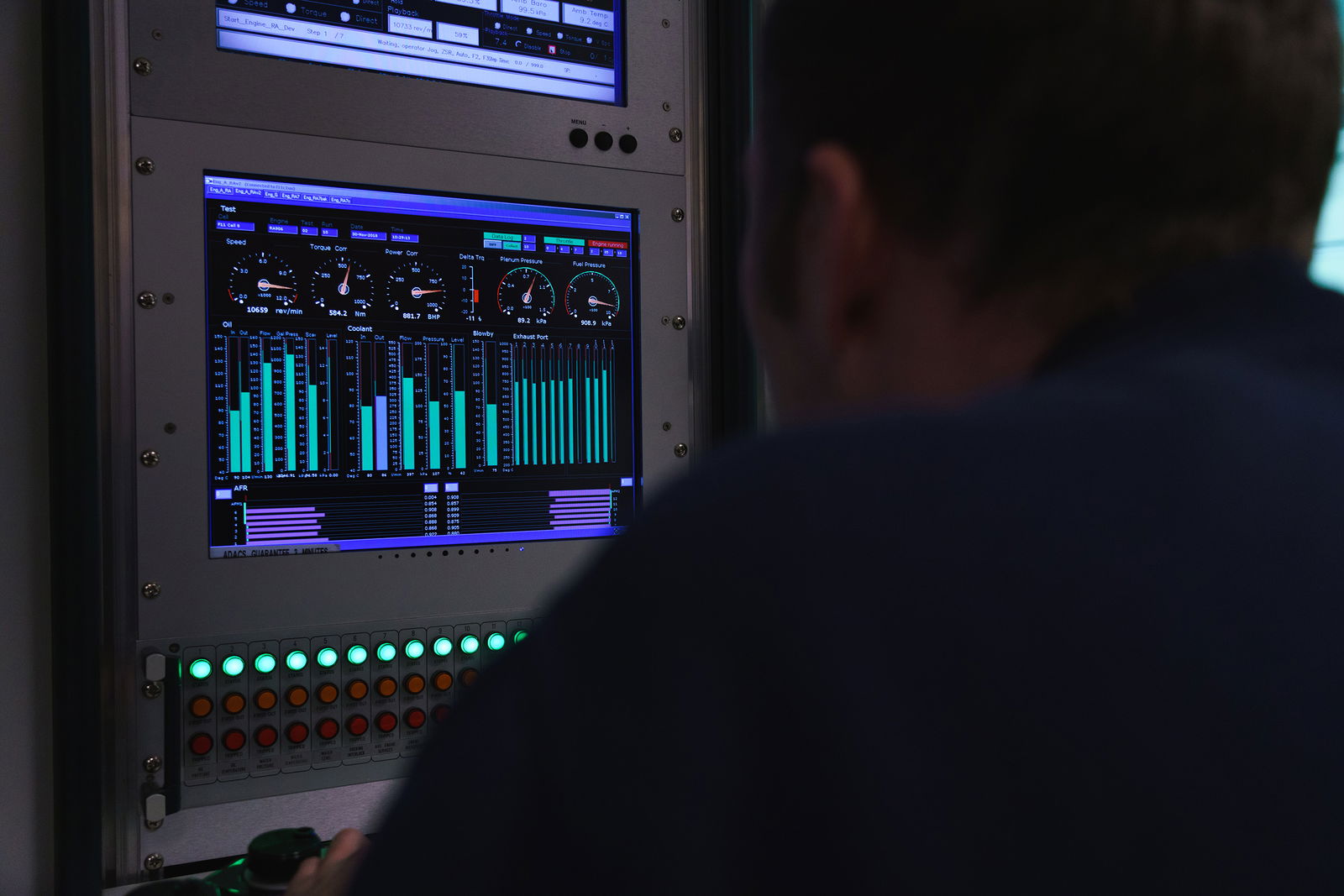
Just down the road from Cosworth’s Northampton HQ, Mercedes-AMG is busy readying the One, effectively the Valkyrie’s closest competitor. It goes a step further into the realms of racing - where Valkyrie will use an engine made with F1 parts and knowhow, the Merc will use an actual F1-derived V6 turbo unit at its core.
Impressive, but it won’t last as long, requiring a rebuild every 50,000km. The Cosworth 6.5, on the other hand, will keep going until 100,000km. It’s not like it’ll need to be ultra-pampered its whole life either - oil changes will only need doing every 6000km. I know Honda S2000 owners who refresh their engine oil more often than that.
It seems unlikely that any of the owners will actually surpass that figure, but if they did, it wouldn’t necessarily mean binning the engine for a new one. Wood suggests that in this event, Cosworth could be able to take back the engine, strip it back, test it, and if possible, rebuild it.
So, any prospective Valkyrie owners out there going to daily their cars…?


Comments
I.
Want.
The Video.
Right now.
What if we get a few millionaires to create old F1 with Valkyrie NA V12s?
I just came across my bed
Holy hell! Oil every 6k? Get an oil change once a week lmao
Isn’t it crazy that 10 years ago everyone’s jaws dropped when Bugatti dropped a 1000 hp W 16 with 4 turbos. Now Cosworth is doing it with no turbos and 3/4 the cylinders. What an age we live in.
Naturally aspirated V12
Revs to 11k RPM
These words alone are a cause for eargasm
I want to hear the engine roar…..
11,100rpm?, I guess Initial D went further but rather destructively….
My summary of the 6 points made in 6 number bullet points!
You know when you see an engine like this and wish they were crate available?
This. This is one of those times.
Pagination